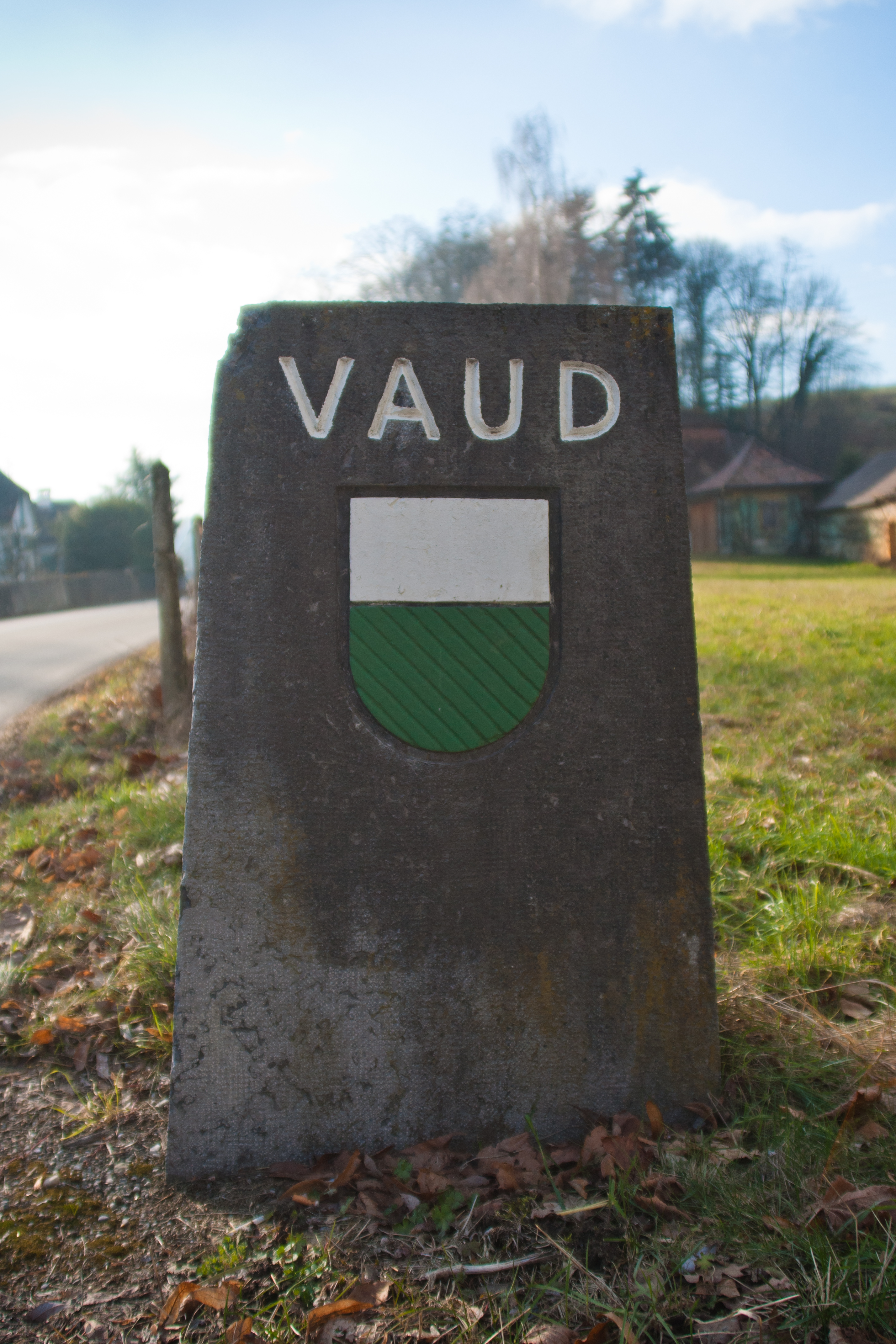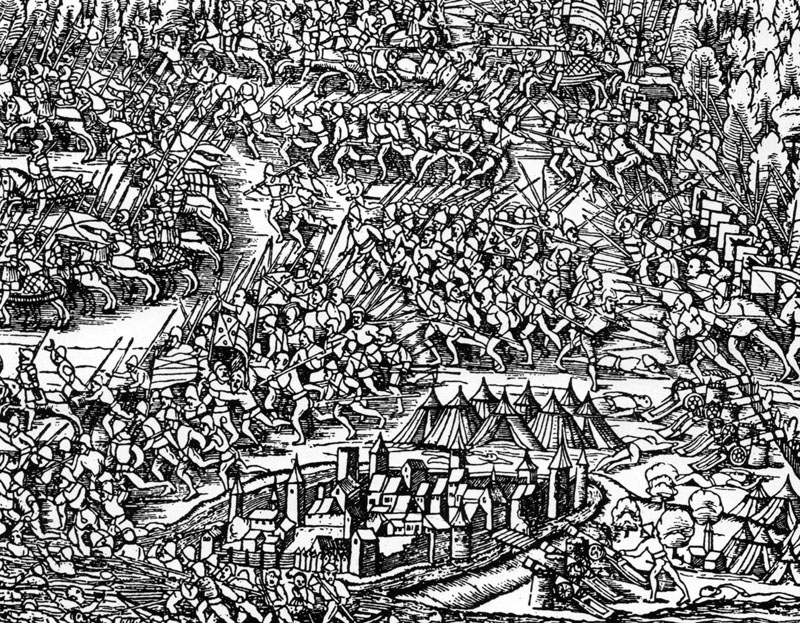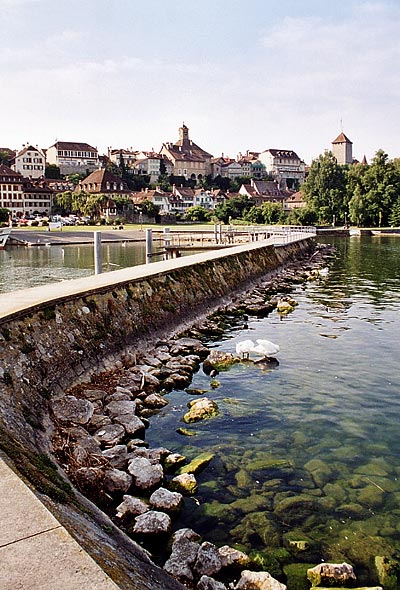|
Greng
Greng is a municipality in the district of See/Lac in the canton of Fribourg in Switzerland. History Greng is first mentioned in 1349 as ''Groyn''. Geography Greng has an area, , of . Of this area, or 76.3% is used for agricultural purposes, while or 10.3% is forested. Of the rest of the land, or 14.4% is settled (buildings or roads) and or 3.1% is unproductive land.Swiss Federal Statistical Office-Land Use Statistics 2009 data accessed 25 March 2010 Of the built up area, housing and buildings made up 11.3% and transportation infrastructure made up 3.1%. Out of the forested land, 8.2% of the total land area is heavily forested and 2.1% is covered with orchards or small clusters of trees. Of the agricultural land, 60.8% is used for growing crops ... [...More Info...] [...Related Items...] OR: [Wikipedia] [Google] [Baidu] |
Prehistoric Pile Dwellings Around The Alps
Prehistoric pile dwellings around the Alps are a series of prehistoric pile dwelling (or stilt house) settlements in and around the Alps built from about 5000 to 500 BC on the edges of lakes, rivers or wetlands. In 2011, 111 sites located variously in Switzerland (56), Italy (19), Germany (18), France (11), Austria (5) and Slovenia (2) were added to the UNESCO World Heritage Site list. In Slovenia, these were the first World Heritage Sites to be listed for their cultural value. Excavations conducted at some of the sites have yielded evidence regarding prehistoric life and the way communities interacted with their environment during the Neolithic and Bronze Ages in Alpine Europe. These settlements are a unique group of exceptionally well-preserved and culturally rich archaeological sites, which constitute one of the most important sources for the study of early agrarian societies in the region. Contrary to popular belief, the dwellings were not erected over water, but on nearby ma ... [...More Info...] [...Related Items...] OR: [Wikipedia] [Google] [Baidu] |
See (district Of Fribourg)
See or Lac District (german: Seebezirk, french: District du Lac) is one of the seven districts of the canton of Fribourg in Switzerland. Lying to the north of the canton, the district is bilingual ( French/German). Its territory enclaves the two Bernese municipalities of Münchenwiler and Clavaleyres, while its own village of Wallenbuch (now part of Gurmels) is an exclave within Bern. It has a population of (as of ). Municipalities See/Lac consists of the following seventeen municipalities: Coat of arms The blazon of the district coat of arms is ''Argent, a Lion rampant Gules crowned and armed Or on Coupeaux Vert.'' Demographics See/Lac has a population () of .. Two thirds of the population () speak German (67.1%) as their first language, French is the second most common (24.9%), there are (1.1%) who speak Italian and (0.1%) who speak Romansh. , the population was 49.9% male and 50.1% female. The population was made up of 13,164 Swiss men (40.6% of the population) and 3 ... [...More Info...] [...Related Items...] OR: [Wikipedia] [Google] [Baidu] |
Murten
Murten (German language, German) or Morat (French language, French, ; frp, Morât ) is a bilingual Municipalities of Switzerland, municipality and a city in the See (district of Fribourg), See district of the Cantons of Switzerland, canton of Fribourg (canton), Fribourg in Switzerland. It is located on the southern shores of Lake Morat (also known as Lake Murten). Morat is situated between Neuchâtel and Fribourg and is the capital of the See/Lac District of the canton of Fribourg. It is one of the municipalities with a majority (about 75%) of German speakers in the predominantly French-speaking Canton of Fribourg. On 1 January 1975 the former municipality of Burg bei Murten merged into the municipality of Murten.Nomenklaturen – Amtliches Gemeindeve ... [...More Info...] [...Related Items...] OR: [Wikipedia] [Google] [Baidu] |
Faoug
Faoug () is a municipality in the district of Broye-Vully in the canton of Vaud in Switzerland. History Faoug is first mentioned in 1228 as ''Fol''. Geography Faoug has an area, , of . Of this area, or 55.1% is used for agricultural purposes, while or 25.2% is forested. Of the rest of the land, or 19.7% is settled (buildings or roads) and or 0.6% is unproductive land.Swiss Federal Statistical Office-Land Use Statistics 2009 data accessed 25 March 2010 Of the built up area, industrial buildings made up 1.2% of the total area while housing and buildings made up 9.0% and transportation infrastructure made up 9.3%. Out of the forested land, 23.5% of the total land area is heavily forested and 1.7% is covered with orchards or small clusters of trees ... [...More Info...] [...Related Items...] OR: [Wikipedia] [Google] [Baidu] |
Haut-Vully
Haut-Vully ( frp, Hiôt-Vulyi) is a former municipality in the district of See/Lac in the canton of Fribourg in Switzerland. Until 1977, it was officially known as ''Vully-Le-Haut''. Its German name of Oberwistenlach is now little used. On 1 January 2016 the former municipalities of Bas-Vully and Haut-Vully merged to form Mont-Vully. History Haut-Vully is first mentioned around 968-85 as ''Vuisliacense''. In 1453 it was mentioned as ''Vuilliez''. Geography Haut-Vully had an area, , of . Of this area, or 70.4% is used for agricultural purposes, while or 13.2% is forested. Of the rest of the land, or 13.1% is settled (buildings or roads), or 2.5% is either rivers or lakes and or 0.7% is unproductive land.Swiss Federal Statistical Office-Land Use Statistics [...More Info...] [...Related Items...] OR: [Wikipedia] [Google] [Baidu] |
Meyriez
Meyriez (; frp, Mêriéz ; german: Merlach) is a municipality in the district of See or du Lac in the canton of Fribourg in Switzerland. It is one of the municipalities with a large majority of German speakers in the mostly French-speaking canton of Fribourg. History Meyriez is first mentioned in 1162 as ''de Meriaco''. In 1178 it was mentioned as ''Meriei''. Geography Meyriez has an area of . Of this area, or 2.9% is used for agricultural purposes, while or 0.0% is forested. Of the rest of the land, or 88.2% is settled (buildings or roads) and or 5.9% is unproductive land.Swiss Federal Statistical Office-Land Use Statistics 2009 data accessed 25 March 2010 Of the built up area, industrial buildings made up 2.9% of the total area while housing and ... [...More Info...] [...Related Items...] OR: [Wikipedia] [Google] [Baidu] |
Mur, Switzerland
Mur is a former municipality in the district of Broye-Vully in the canton of Vaud in Switzerland. The municipalities of Bellerive, Chabrey, Constantine, Montmagny, Mur, Vallamand and Villars-le-Grand merged on 1 July 2011 into the new municipality of Vully-les-Lacs.Amtliches Gemeindeverzeichnis der Schweiz published by the Swiss Federal Statistical Office accessed 17 February 2011 History Mur is first mentioned in 1396 as ''Murs''.Geography  Mur has an area, , of . Of this area, or 7 ...
Mur has an area, , of . Of this area, or 7 ...
[...More Info...] [...Related Items...] OR: [Wikipedia] [Google] [Baidu] |
Murten/Morat
Murten (German) or Morat ( French, ; frp, Morât ) is a bilingual municipality and a city in the See district of the canton of Fribourg in Switzerland. It is located on the southern shores of Lake Morat (also known as Lake Murten). Morat is situated between Neuchâtel and Fribourg and is the capital of the See/Lac District of the canton of Fribourg. It is one of the municipalities with a majority (about 75%) of German speakers in the predominantly French-speaking Canton of Fribourg. On 1 January 1975 the former municipality of Burg bei Murten merged into the municipality of Murten.Nomenklaturen – Amtliches Gemeindeverzeichnis der Schweiz accessed 9 February 2013 It was followed on 1 January 1991 by the former municipality of |
Courgevaux
Courgevaux (; frp, Corgevâlx ; german: Gurwolf) is a municipality in the district of See or district du Lac in the canton of Fribourg in Switzerland. History Courgevaux is first mentioned in 1055 as ''Corgivul''. Geography Courgevaux has an area, , of . Of this area, or 58.3% is used for agricultural purposes, while or 26.5% is forested. Of the rest of the land, or 16.1% is settled (buildings or roads), or 0.6% is either rivers or lakes.Swiss Federal Statistical Office-Land Use Statistics 2009 data accessed 25 March 2010 Of the built up area, industrial buildings made up 2.1% of the total area while housing and buildings made up 6.5% and transportation infrastructure made up 6.0%. Out of the forested land, 23.5% of the total land area is heavi ... [...More Info...] [...Related Items...] OR: [Wikipedia] [Google] [Baidu] |
Stilt House
Stilt houses (also called pile dwellings or lake dwellings) are houses raised on stilts (or piles) over the surface of the soil or a body of water. Stilt houses are built primarily as a protection against flooding; they also keep out vermin. The shady space under the house can be used for work or storage. Arctic Houses where permafrost is present, in the Arctic, are built on stilts to keep permafrost under them from melting. Permafrost can be up to 70% water. While frozen, it provides a stable foundation. However, if heat radiating from the bottom of a home melts the permafrost, the home goes out of level and starts sinking into the ground. Other means of keeping the permafrost from melting are available, but raising the home off the ground on stilts is one of the most effective ways. Indo-Pacific Raised rectangular houses are one of the cultural hallmarks of the Austronesian peoples and are found throughout the regions in Island Southeast Asia, Island Melanesia, Micrones ... [...More Info...] [...Related Items...] OR: [Wikipedia] [Google] [Baidu] |
UNESCO
The United Nations Educational, Scientific and Cultural Organization is a specialized agency of the United Nations (UN) aimed at promoting world peace and security through international cooperation in education, arts, sciences and culture. It has 193 member states and 12 associate members, as well as partners in the non-governmental, intergovernmental and private sector. Headquartered at the World Heritage Centre in Paris, France, UNESCO has 53 regional field offices and 199 national commissions that facilitate its global mandate. UNESCO was founded in 1945 as the successor to the League of Nations's International Committee on Intellectual Cooperation.English summary). Its constitution establishes the agency's goals, governing structure, and operating framework. UNESCO's founding mission, which was shaped by the Second World War, is to advance peace, sustainable development and human rights by facilitating collaboration and dialogue among nations. It pursues this objective t ... [...More Info...] [...Related Items...] OR: [Wikipedia] [Google] [Baidu] |
UNESCO World Heritage Site
A World Heritage Site is a landmark or area with legal protection by an international convention administered by the United Nations Educational, Scientific and Cultural Organization (UNESCO). World Heritage Sites are designated by UNESCO for having cultural, historical, scientific or other form of significance. The sites are judged to contain " cultural and natural heritage around the world considered to be of outstanding value to humanity". To be selected, a World Heritage Site must be a somehow unique landmark which is geographically and historically identifiable and has special cultural or physical significance. For example, World Heritage Sites might be ancient ruins or historical structures, buildings, cities, deserts, forests, islands, lakes, monuments, mountains, or wilderness areas. A World Heritage Site may signify a remarkable accomplishment of humanity, and serve as evidence of our intellectual history on the planet, or it might be a place of great natural beauty. A ... [...More Info...] [...Related Items...] OR: [Wikipedia] [Google] [Baidu] |




